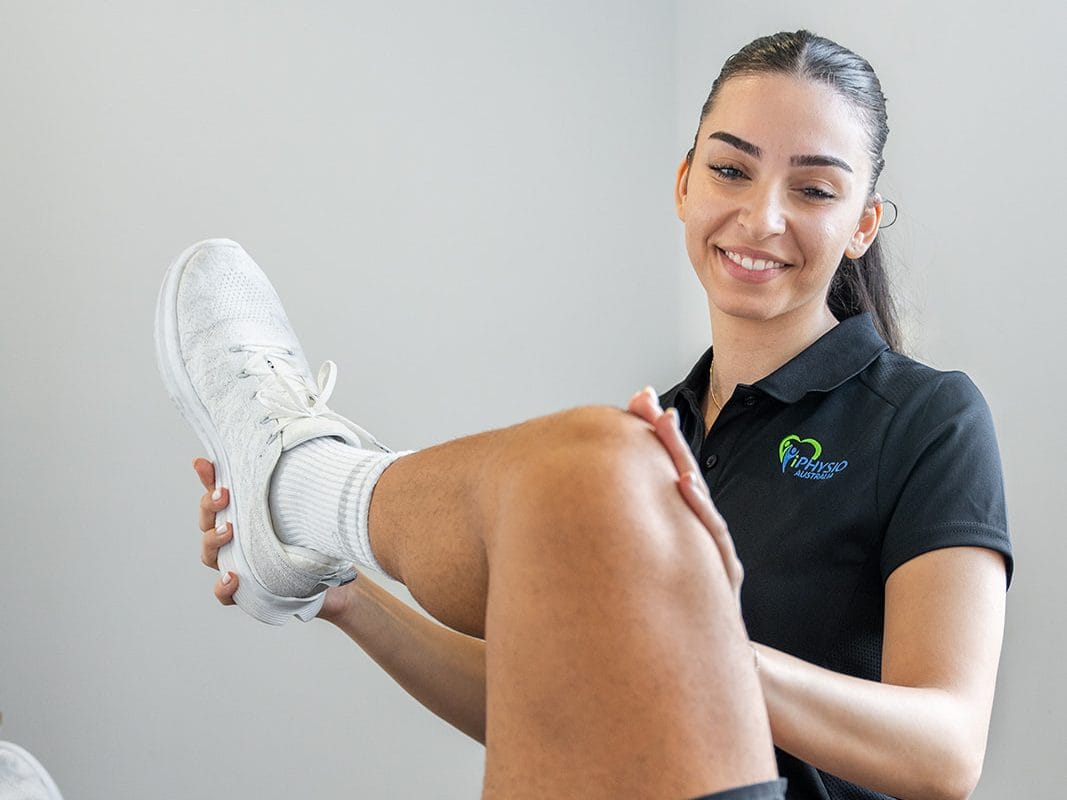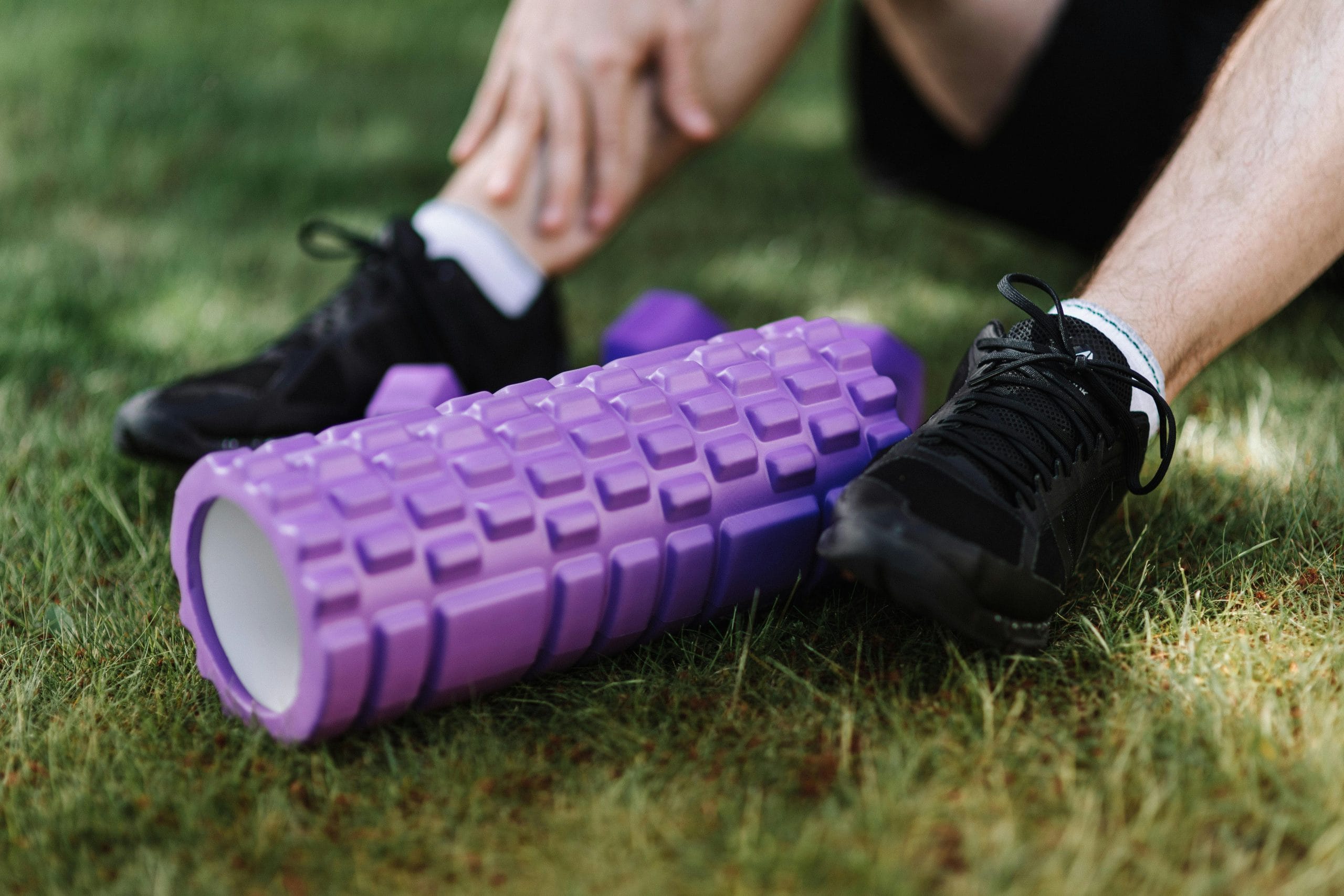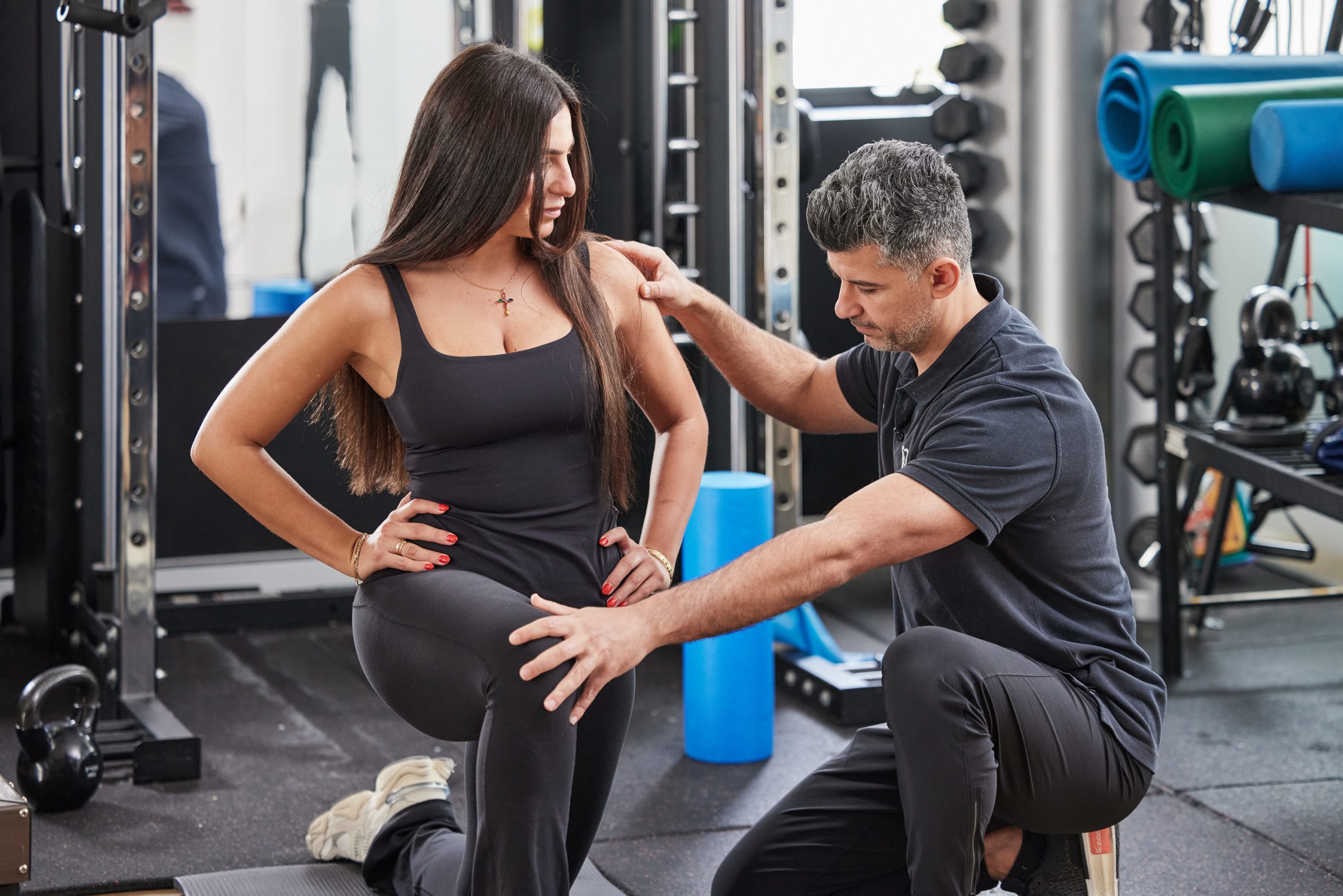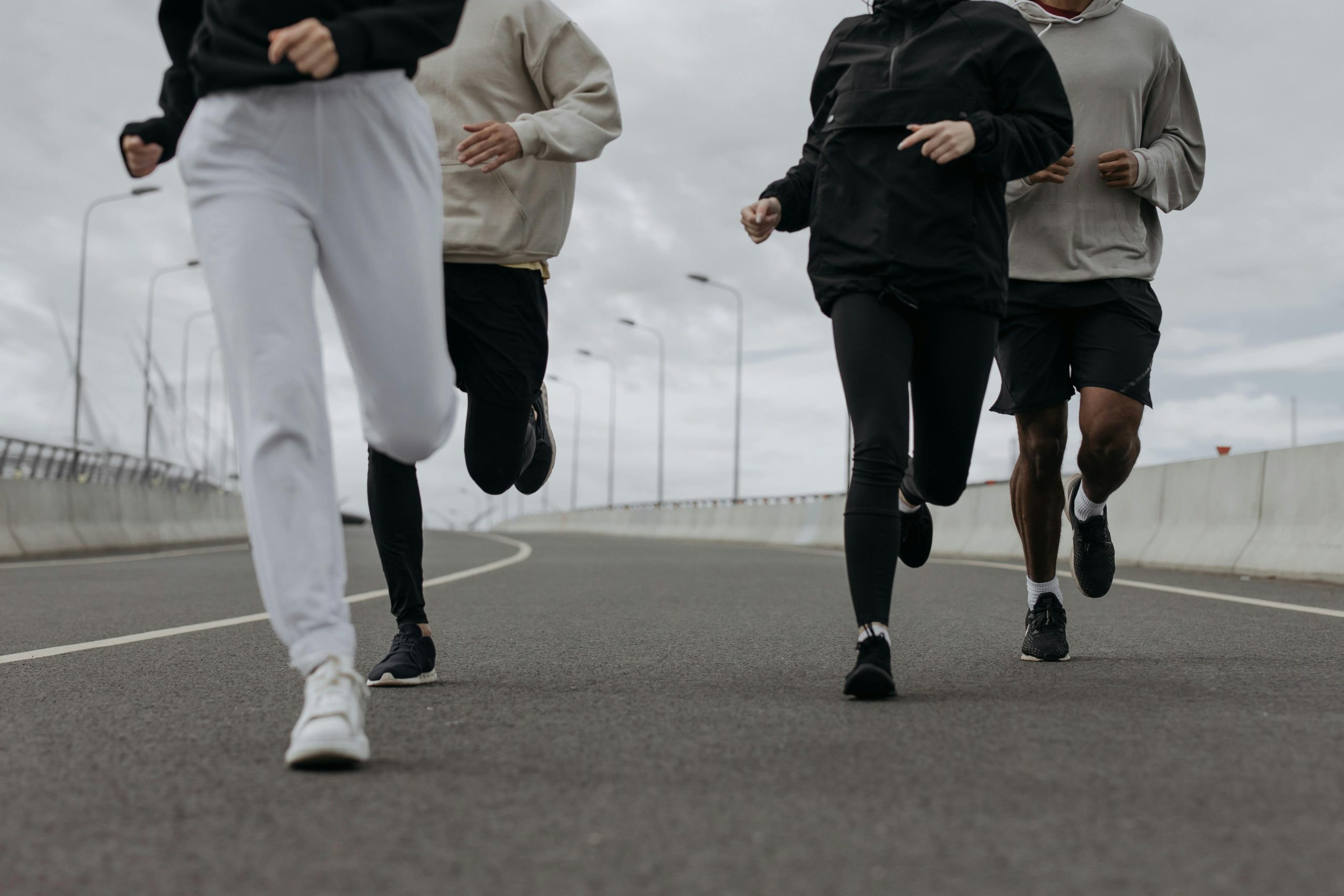
Whether you’re training for your first 5K or you’re a seasoned marathoner, one truth holds firm: most runners will experience a running injuries at some point in their lives. It’s part of the territory when you’re pushing your body to perform, but with the right knowledge and training approach, you can reduce your risk and stay on track.
Common Running Injuries
There are up to 28 different types of running-related injuries, but in clinical practice, we often see a familiar few. The most common include:
- Achilles tendinopathy – pain or stiffness in the back of the ankle
- Plantar fasciitis – heel pain, especially noticeable with the first steps in the morning
- Bone stress injuries – typically in the shin (tibia), foot (metatarsals), or hip
- Iliotibial Band (ITB) Syndrome – lateral knee pain often aggravated by downhill running.
These injuries are often the result of overuse, inadequate recovery, or a sudden change in training load.
Running Is Demanding – Especially as We Age
Running is one of the most demanding activities we can put our bodies through. As we get older, our tissues naturally lose some of their elasticity, and recovery tends to take a bit longer. That’s why running in your 30s, 40s and beyond needs to be approached a little differently than in your 20s.
Your training plan should evolve with you, building in more time for recovery, mobility work, and strength training becomes even more important as you age.
The Danger of “Too Much, Too Soon”
A common mistake we see is runners ramping up their volume too quickly. Doubling your sessions from one to two times per week or increasing your total time on foot from 1 to 2 hours sounds manageable, but these increases can place significant stress on muscles, tendons, and bones.
However, the biggest risk factor isn’t just how far or how often you run, it’s how fast. Increasing your pace, especially beyond what your body is accustomed to, significantly raises the risk of injury. Going from a 6 km/hr pace to a 5 km/hr pace may not seem drastic, but for your tissues, it can be a big leap.
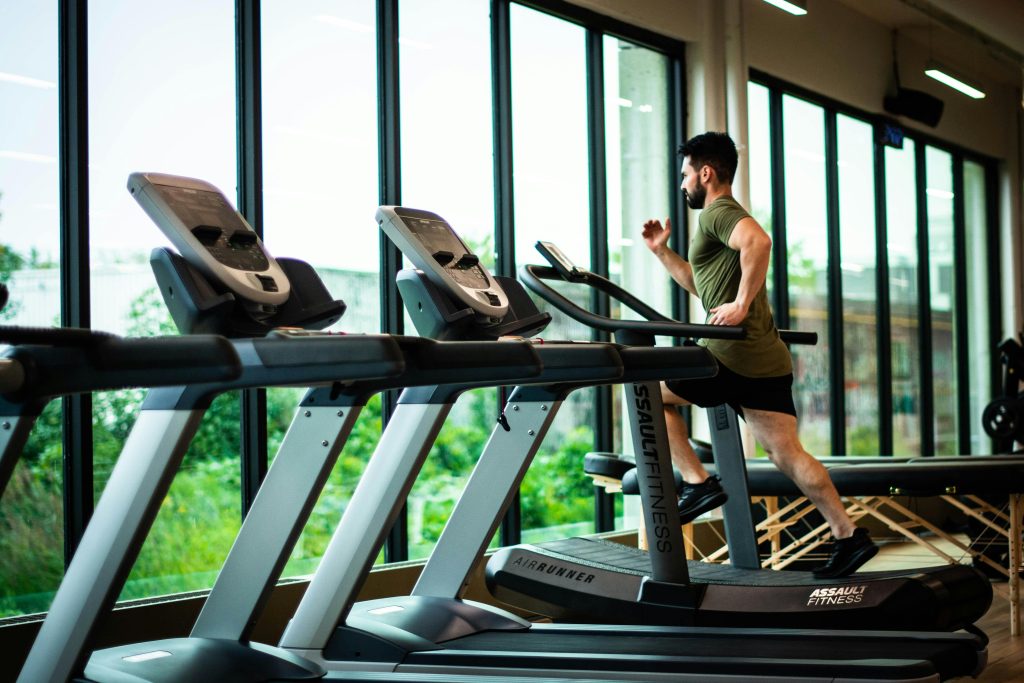
Key Takeaways for Runners
- Progress Gradually: Whether you’re increasing distance, frequency, or speed, do so in small, controlled increments. A general rule of thumb is the 10% rule, don’t increase your weekly mileage by more than 10% at a time.
- Prioritise Recovery: Include rest days, sleep, proper nutrition, and regular mobility work to help your body recover between runs.
- Listen to Your Body: If you notice persistent discomfort or pain that lingers beyond your run, don’t push through it. It could be an early sign of an injury that needs attention.
- Cross-Train and Strengthen: Support your running with strength training, especially targeting the glutes, core, and calves to improve resilience and performance.
- Seek Expert Guidance: If you’re unsure about how to increase your training safely, or you’re dealing with persistent niggles, book in with a physiotherapist. We can help you assess your technique, strength, and recovery habits to keep you running strong.
Running can be one of the most rewarding and empowering forms of exercise, but it’s also one of the most demanding. Whether you’re just getting started or pushing toward a new personal best, a thoughtful approach to training, recovery, and injury prevention will keep you moving pain-free for years to come.
Have questions or concerns about your running routine? We’re here to help. Book a session with our physio team today to keep your stride strong and injury-free.
Related Posts
As a physiotherapist, I often see young people come into the clinic with knee pain that flares up during or after sport, especially those involved in running, jumping, or kicking. One of the most common diagnoses in active adolescents is Osgood-Schlatter Disease. It may sound a little intimidating, but the good news is, it’s manageable […]
If you’ve ever spent time at the gym or watched an athlete’s warm-up routine, chances are you’ve seen someone rolling back and forth on a large cylindrical piece of foam. Foam rolling has surged in popularity over the past decade, and for good reason. But the big question remains: does it actually work? Let’s take […]
As the chill of winter fades and the days grow longer, spring is the perfect time to shake off the winter blues and embrace the great outdoors. Outdoor exercise not only boosts your physical fitness but also enhances your mental well-being, giving you a fresh start with the new season. Whether you’re a seasoned athlete […]



